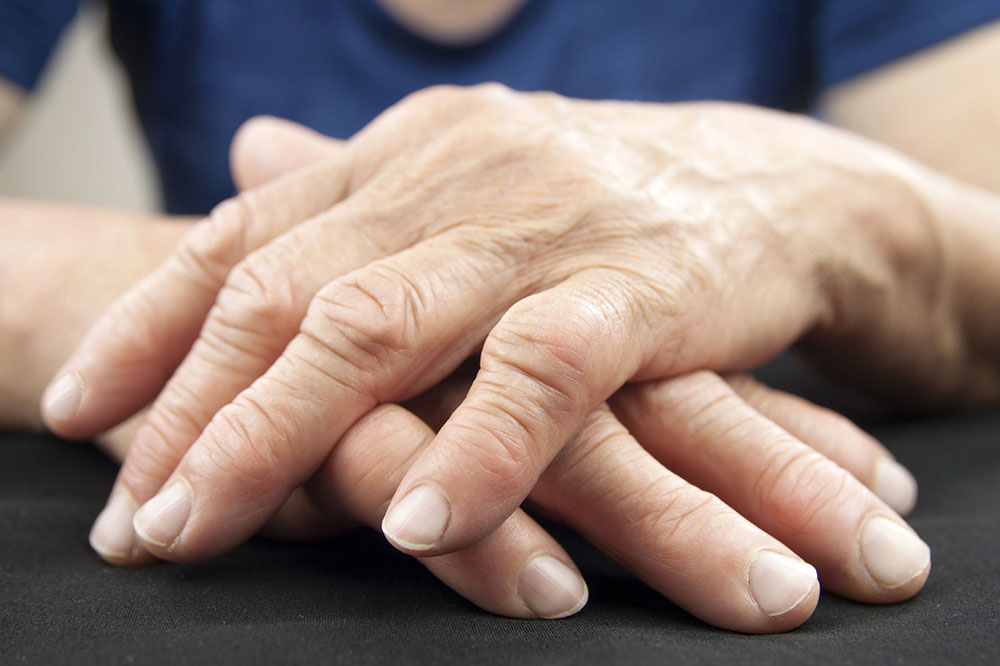Comprehensive Guide to Arthritis: Types, Symptoms, Causes, and Prevention
This comprehensive guide provides an in-depth overview of arthritis, including its main types—osteoarthritis and rheumatoid arthritis—common symptoms, risk factors, and prevention tips. Understanding these aspects can aid early diagnosis and effective management, helping individuals maintain joint health and improve their quality of life.

An In-Depth Overview of Arthritis: Understanding Its Types, Symptoms, and Underlying Causes
Arthritis is a common, yet complex condition that affects millions of individuals worldwide. It primarily involves inflammation of the joints, leading to pain, stiffness, and decreased mobility. The condition can affect one joint or multiple joints simultaneously, significantly impacting daily activities and quality of life. With numerous types of arthritis, each with distinct causes and treatment approaches, understanding this ailment is crucial for early diagnosis, effective management, and prevention.
Exploring the Major Types of Arthritis
Osteoarthritis (OA): Often referred to as "wear-and-tear" arthritis, osteoarthritis is one of the most prevalent forms. It occurs when the cartilage—the protective tissue cushioning the ends of bones—begins to degrade. This deterioration results in bones rubbing against each other, causing pain, swelling, and stiffness. Over time, osteoarthritis can lead to joint deformity and decreased function. It commonly affects the knees, hips, hands, and spine, especially in older adults. The progression of osteoarthritis can be slowed through weight management, physical therapy, and medications, but it often requires surgical intervention in advanced cases.
Rheumatoid Arthritis (RA): Unlike osteoarthritis, rheumatoid arthritis is an autoimmune disorder where the body's immune system mistakenly attacks the synovium—the lining of the joint capsule. This immune response causes inflammation, leading to pain, swelling, warmth, and redness. If untreated, RA can damage joint cartilage and bones, resulting in deformity and loss of function. It often affects smaller joints initially, such as those in the hands and feet, but can eventually involve larger joints and other organs. Early diagnosis and aggressive treatment with disease-modifying anti-rheumatic drugs (DMARDs) are essential to prevent joint destruction.
Recognizing the Warning Signs and Symptoms of Arthritis
Persistent Joint Pain: Pain that worsens with activity or after long periods of inactivity.
Joint Stiffness: Especially noticeable in the morning or after periods of rest, stiffness can last from a few minutes to several hours.
Swelling and Inflammation: Visible swelling or a feeling of warmth in the affected joints, indicating active inflammation.
Redness and Tenderness: The affected area may appear red and feel tender to touch.
Loss of Range of Motion: Reduced ability to move the joint fully, which can impair daily tasks.
Understanding Risk Factors Associated with Arthritis
Age: The risk of developing arthritis increases with age, with most forms being more prevalent among older populations. Early detection is vital to manage symptoms effectively and slow disease progression.
Genetic Factors: A family history of arthritis, particularly rheumatoid arthritis or osteoarthritis, can elevate individual risk. Genetic predispositions may influence immune responses and cartilage resilience.
Gender: Women are more commonly affected by rheumatoid arthritis and osteoarthritis, possibly due to hormonal influences and genetic factors, while men tend to have higher incidences of gout and other joint conditions.
Previous Joint Injuries: Past trauma from sports injuries, accidents, or repetitive strain can predispose joints to develop osteoarthritis later in life.
Obesity: Excess body weight exerts additional stress on weight-bearing joints like the knees, hips, and lower back, increasing the risk of osteoarthritis. Maintaining a healthy weight through diet and exercise can significantly reduce this risk.
Managing arthritis involves a combination of lifestyle modifications, medication, physical therapy, and, in some cases, surgical intervention. Early diagnosis and intervention are critical to preserving joint function and preventing irreversible damage. Additionally, understanding individual risk factors can help in adopting preventive measures tailored to one's health profile.
Overall, awareness and education about arthritis are essential for promoting early treatment and improving life quality. If you experience persistent joint symptoms, consult a healthcare professional for comprehensive evaluation and personalized care.





